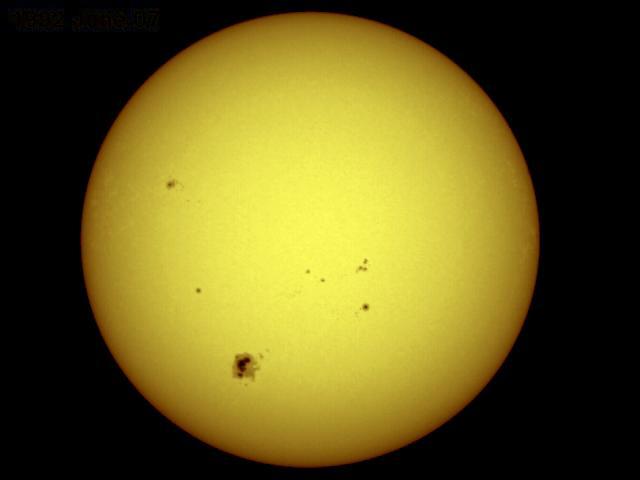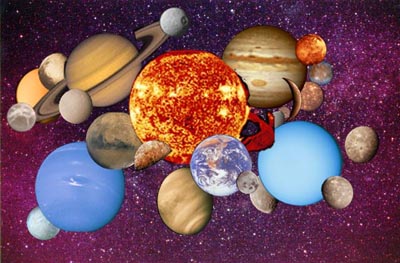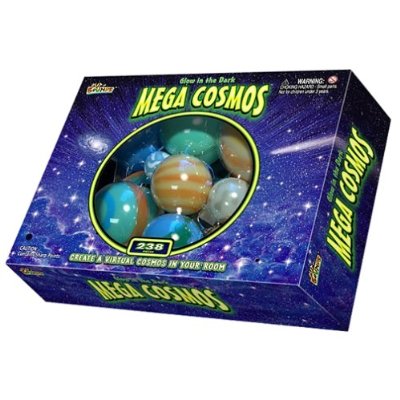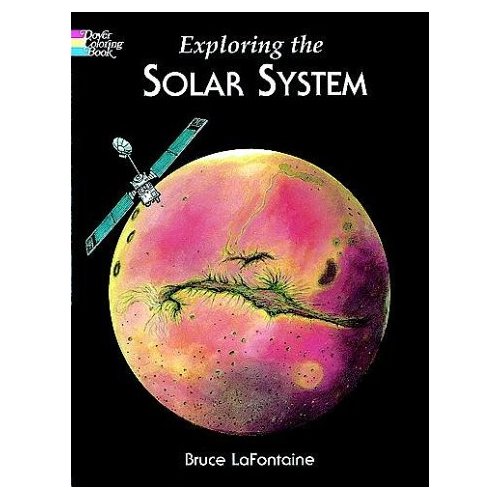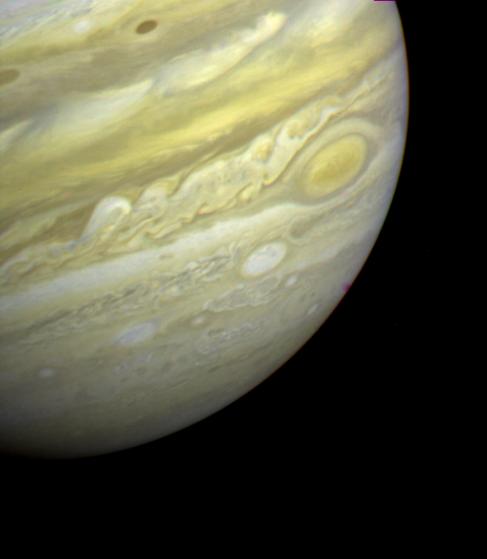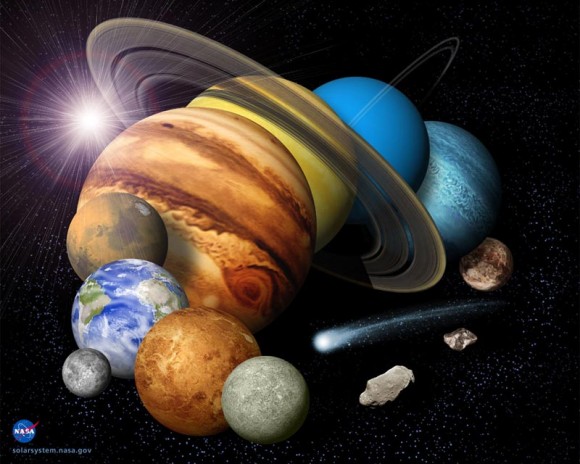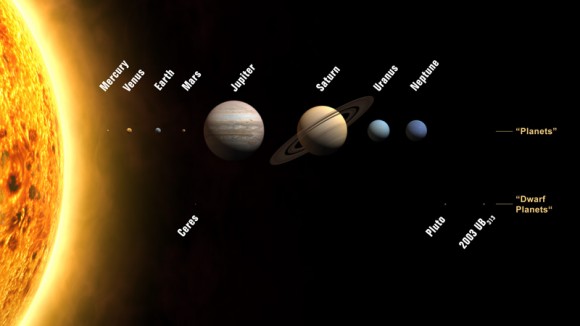Question: What kind of star is our Sun?
Answer: As you probably know, our Sun is just a star. It’s our closest, most familiar star, but it’s still just a star. With a great big Universe out there, populated with countless stars, astronomers have been able to see examples of stars in all shapes, sizes, metal content and ages.
According to their system of classification, the Sun is known as a yellow dwarf star. This group of stars are relatively small, containing between 80% and 100% the mass of the Sun. So the Sun is at the higher end of this group. The official designation is as a G V star.
Stars in the this classification have a surface temperature between 5,300 and 6,000 K, and fuse hydrogen into helium to generate their light. They generally last for 10 billion years.
But there’s more to this question, because G V Stars can experience several different stages. Some are newly forming, others are in their middle ages, and others are nearing the end of their lives.
Our Sun is right in the middle ages, in a time known as the main sequence. It has already lived for 4.3 billion years, and will likely last another 7 billion years or so. At that point, it will balloon into a red giant star, and eventually collapse down into a white dwarf.
The Sun also belongs to the Population I group of stars, which contain relatively large amounts of heavier elements. The first ever stars, made from pure hydrogen and helium are Population III. These exploded as supernovae, producing fusing the lighter elements into heavier and heavier elements. Our Sun, then, contains the metal from previous generations of stars that went supernova.
Some other examples of the yellow dwarf star group include Alpha Centauri, Tau Ceti and 51 Pegasi.
For the quick answer, the Sun is a Population I yellow dwarf star, in the main sequence. Why is the Sun yellow? It’s actually because of the Earth’s atmosphere. If you saw it from space, it would actually look white.
Reference:
NASA Starchild: The Sun

